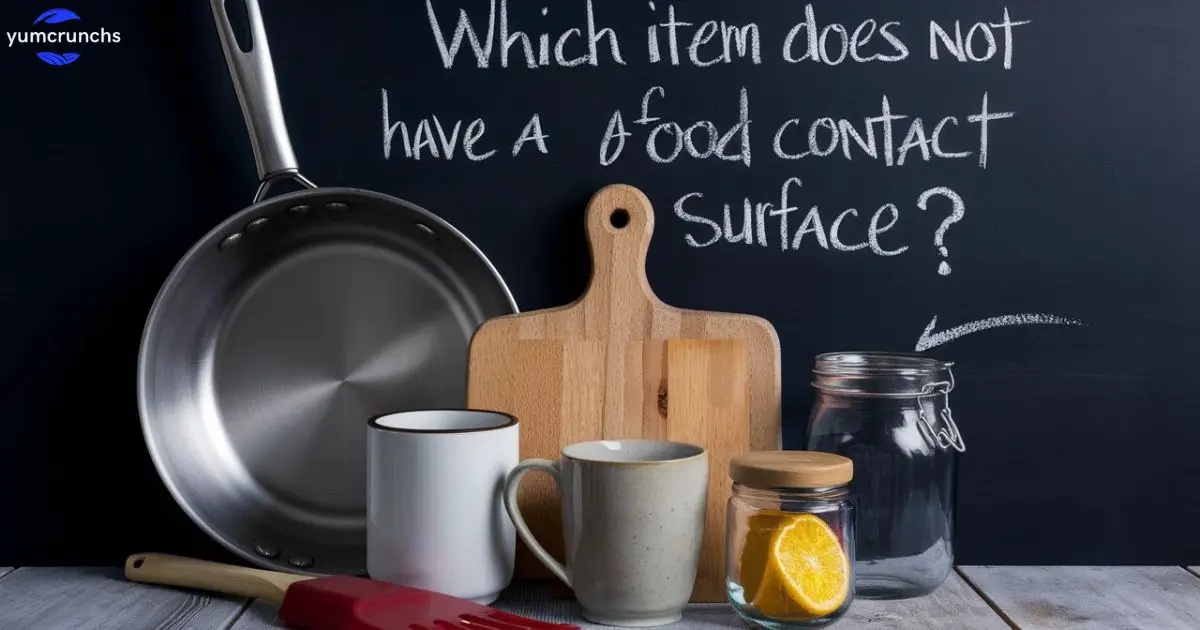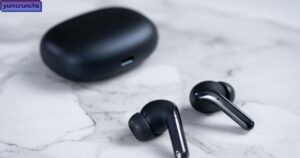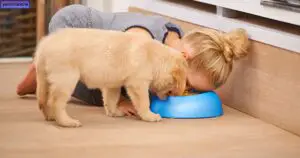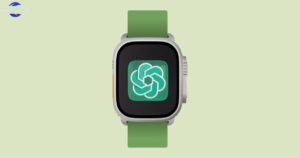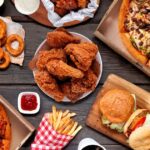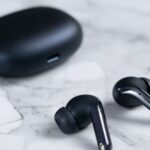When considering items with food contact surfaces, it is crucial to ensure safety and hygiene. Among common kitchen tools and utensils, one may ponder which item doesn’t possess a food contact surface. This query prompts a journey into the intricacies of culinary equipment and its design.
Enter the enigmatic mortar and pestle. With its ancient origins and timeless utility, it stands apart from its counterparts. Yet, it challenges conventional notions as it lacks a food contact surface in the traditional sense. Instead, it boasts a symbiotic relationship between its components, where the pestle dynamically interacts with the mortar, transforming ingredients without direct contact.
In essence, while items like bowls, spatulas, and cutting boards clearly delineate food contact surfaces, the mortar and pestle present a unique paradigm. Their design transcends the binary notion of contact surfaces, engaging in a tactile dance that merges function and form seamlessly. Thus, in the realm of culinary tools, the mortar and pestle carve out their niche, embodying both utility and intrigue.
What are the food contact surfaces?
Food contact surfaces are like the VIP areas for food. They are the places where food touches, like plates, utensils, and countertops. Imagine your plate as a stage for your food to shine, and the utensils are the helpers that bring the food to your mouth. These surfaces need to be clean and safe because they directly interact with what you eat.
Think of it this way: when you cook, your food mingles with surfaces like cutting boards and pans. If these surfaces are not clean, they can pass on germs or even chemicals to your food. Therefore, keeping food contact surfaces clean is like giving your food a safe and hygienic dance floor to show off its delicious moves!
What are 5 Examples of Food Contact Surfaces?
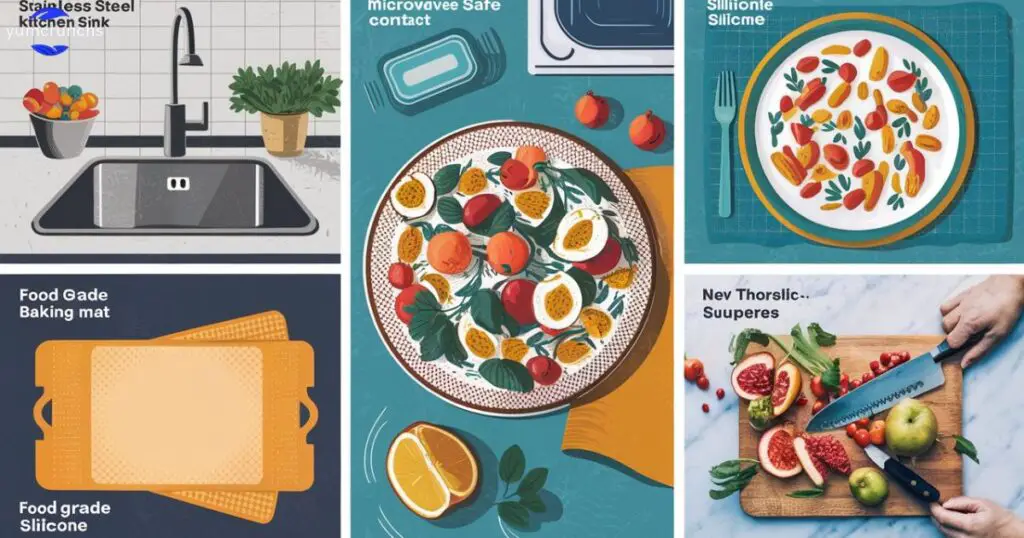
Food contact surfaces are the places where food touches during preparation, cooking, serving, or storing. It is super important to keep these surfaces clean to prevent germs from spreading and making people sick. Here are five examples of food contact surfaces you should know about:
1. Cutting boards: These are where we chop up fruits, veggies, and meats. Wooden or plastic cutting boards are common, and they need a good scrubbing after each use to keep them clean and safe.
2. Countertops: When we are working in the kitchen, countertops are like our dance floor. They are where we roll out dough, assemble sandwiches, and do other food prep. Keeping them, clean helps prevent cross-contamination.
3. Utensils: Spoons, spatulas, knives, and forks are all examples of utensils we use to handle food. They should be washed with soap and hot water after each use to remove any leftover food particles.
4. Cookware: Pots, pans, baking sheets, and anything else we cook with are considered food contact surfaces. They need to be cleaned well to get rid of any grease, sauces, or crumbs.
5. Plates and bowls: When we serve food, it goes onto plates or into bowls. These need to be clean too, whether we are using them for a fancy dinner or just grabbing a quick snack.
Remember, keeping these food contact surfaces clean is key to preventing foodborne illnesses and keeping everyone healthy and happy!
Which items do not have a food contact surface?
Some items do not touch your food directly. These are things like the outside of pots and pans. You grab them, but they do not touch what you eat. It goes for the handles of spoons and forks. They help you pick up food, but they are not where your food sits. Another example is the bottom of plates and bowls. They sit on the table, not on your food. Therefore, these things do not have a food contact surface.
When you look around your kitchen, you will find many things that do not touch your food directly. Think about the lids of containers. They cover your food but do not touch it directly. In addition, the outsides of cups and glasses do not touch your lips or your food. Therefore, even though they are part of eating and drinking, they do not have a food contact surface. Another example is when you display food in ice, where the ice surrounds the food but doesn’t directly contact it.
Why should food contact surfaces?
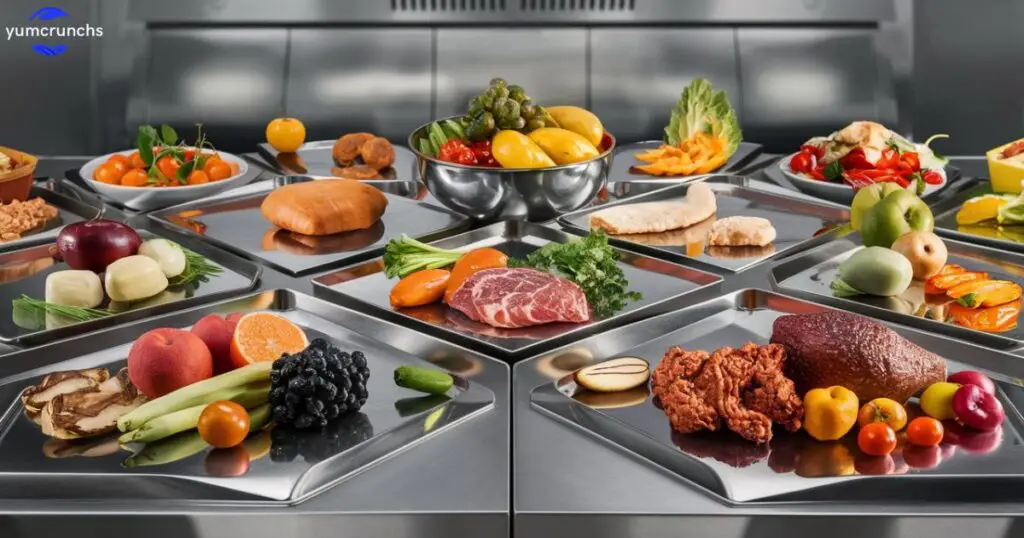
Food contact surfaces are super important, buddy! Imagine your favorite meal, all yummy and ready to eat. Now, picture it on a dirty plate or served with a spoon that has not been cleaned properly. Yuck, right? That is where food contact surfaces swoop in to save the day! These surfaces, like plates, utensils, and cutting boards, are the VIPs of food safety. They make sure your grub stays delicious and safe to eat by keeping nasty germs at bay.
Cleaning these surfaces is not just about making them look sparkly. Nope, it is all about keeping you safe and healthy. When food meets surfaces, those surfaces need to be squeaky clean to prevent any unwanted hitchhikers (like bacteria) from tagging along for the ride. So, next time you are scrubbing away in the kitchen, remember that you are not just cleaning – you are protecting yourself and your loved ones from any unwanted guests in your food!
Do glasses have a food contact surface?
Hey there! Let us chat about something interesting: glasses and their relationship with food. So, do glasses have a food contact surface? The simple answer is no, they do not. When we talk about glasses, we are usually referring to those you drink from, whether it is water, juice, or your favorite smoothie. These glasses typically have a smooth rim or edge that does not come into direct contact with the food or beverage inside. Instead, your lips touch the rim when you take a sip.
Now, let us dive a bit deeper. Imagine your favorite glass of freshly squeezed orange juice. As you bring it to your lips, you might wonder if the glass itself is food-safe. Well, most glasses are made from materials like glass or ceramics that are non-reactive and safe for food and beverages. Plus, they’re easy to clean, so you can enjoy your drinks worry-free. Therefore, while glasses do not technically have a food contact surface, they play an essential role in how we enjoy our meals and drinks. Cheers to that!
Do tongs have a food contact surface?
When you are cooking or serving food, using tongs can make things easier. Nevertheless, have you ever wondered if tongs are safe to use? Well, here’s the scoop: Tongs do indeed have a food contact surface. This means that part of the tong comes into direct contact with the food you’re handling. It is important to choose tongs made from safe materials, like stainless steel or silicone, to ensure they won’t transfer harmful substances to your food. This is particularly crucial for those following a Bariatric-Friendly Diet.
When shopping for tongs, look for ones labeled as food-safe or kitchen-grade. These tongs are designed specifically for use with food and are less likely to leach chemicals or harbor bacteria. Remember to clean your tongs thoroughly after each use to prevent cross-contamination and keep your food safe to eat. So go ahead, grab those tongs and whip up something delicious with confidence!
Why are food contact surfaces tested?
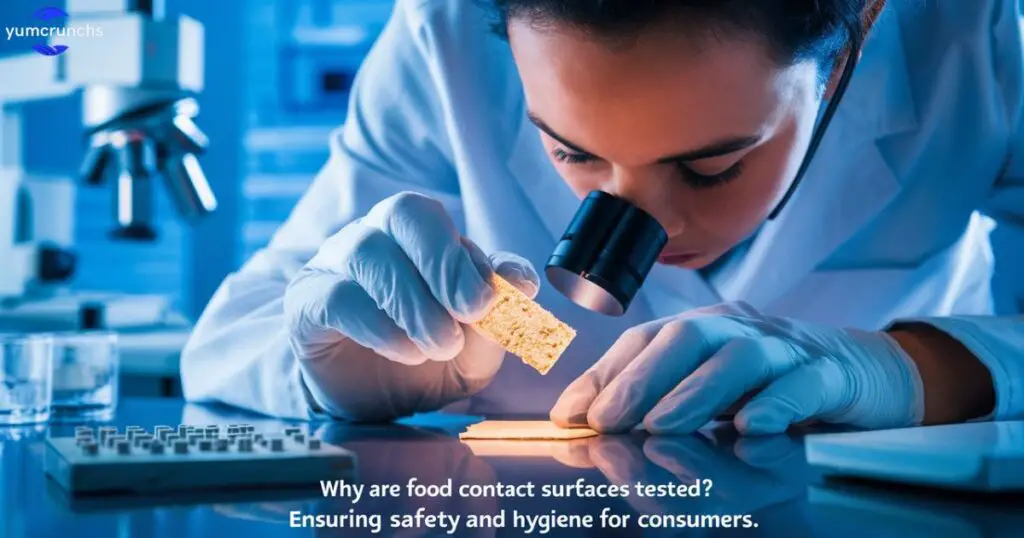
Testing food contact surfaces is crucial to ensure that the food we eat stays safe and healthy. These surfaces include things like countertops, utensils, and containers that come in contact with food. By testing them, we make sure they don’t transfer harmful substances to our food.
Imagine if the surface where you prepare your food contained harmful chemicals or bacteria. Testing helps prevent this by making sure food contact surfaces meet safety standards. It’s like a shield that keeps our meals safe and tasty! So, when you see those tests happening, remember, it’s all to keep your food as clean and delicious as possible!
What are food contact surface sanitizing solutions?
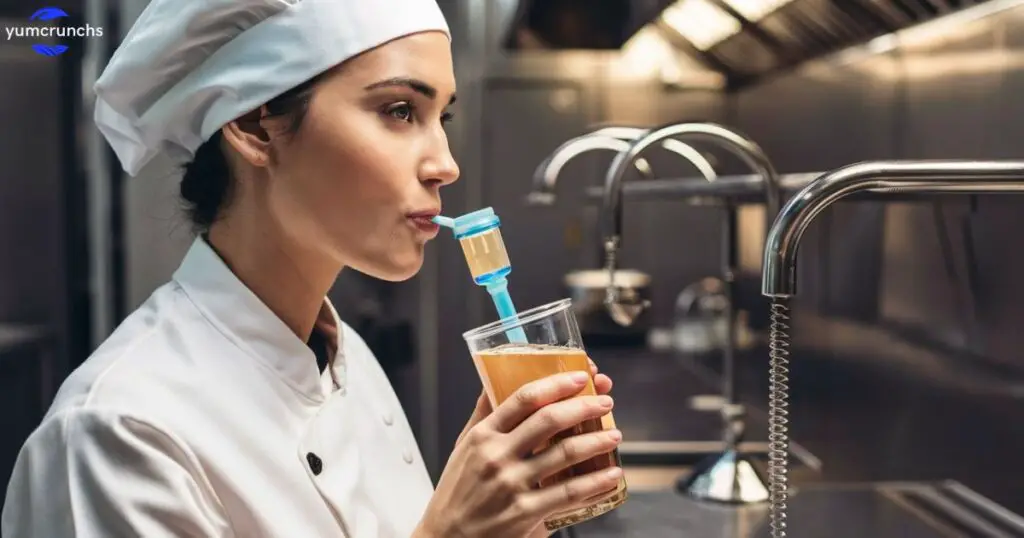
When working, food handlers need to stay hydrated for their health and focus. It is important for them to drink beverages from a clean and safe source. This ensures that they do not accidentally contaminate the food they are preparing or serving. Plus, it helps them stay alert and energized throughout their shift. Choosing the right source for beverages, like bottled water or beverages from approved dispensers, can prevent the spread of germs and keep everyone safe.
Drinking from a safe source also reduces the risk of illness for both the food handlers and the customers they serve. Contaminated drinks can harbor harmful bacteria or viruses that may cause foodborne illnesses. By encouraging food handlers to drink from safe sources, employers promote a culture of hygiene and responsibility in the workplace. Ultimately, prioritizing the safety of beverages ensures a healthier environment for everyone involved in food preparation and service.
Which steps are in the correct order for cleaning and sanitizing
Cleaning and sanitizing things keeps them safe and germ-free. Whether it is your kitchen, bathroom, or even toys, doing it the right way is super important. Here are the steps you need to follow in the correct order to clean and sanitize properly:
- Prepare Your Stuff: Gather all the things you need, like soap, water, disinfectant, and clean clothes or sponges. Having everything ready makes the job easier.
- Remove the Dirt: First, get rid of any visible dirt or grime. You can use soap and water for this. Scrub well to make sure you get everything off.
- Rinse: Once you have scrubbed, rinse off all the soap and dirt with clean water. This step helps to get rid of any leftover dirt and soapsuds.
- Sanitize after cleaning, it is time to sanitize. Use a disinfectant spray or wipes to kill germs. Make sure to follow the instructions on the product to use it correctly.
- Let It Sit: After applying the disinfectant, let it sit for a while. This gives it time to kill all the germs effectively. Check the instructions to know how long it needs to stay wet to work properly.
- Dry: Once the sanitizing time is up, use a clean cloth or let the surface air dry. Drying helps to get rid of any leftover germs and prevents new ones from growing.
- Put Things Back: Finally, put everything back in its place. Make sure everything is dry before you do this to keep things clean.
Remember, cleaning and sanitizing regularly is key to keeping yourself and your surroundings healthy. So, do not forget to clean and sanitize often!
FAQ’s
While working food handlers should drink beverages from a
While working, food handlers should drink beverages from a designated area to ensure hygiene and safety standards are maintained.
The temperature of the food should be checked immediately upon receiving it.
Empty cleaned and sanitized containers that previously held chemicals or non-food substances should not be used for storing food.
Conclusion
In conclusion, identifying which item lacks a food contact surface can be more challenging than it seems at first glance. The variety of materials and designs in kitchenware can often blur the line between what is meant for food and what is not. However, by understanding the fundamental principles of food safety and paying attention to the characteristics of different items, we can navigate this issue with confidence.
Consider this: every time you step into your kitchen, what do you envision? Perhaps it’s the sizzle of a skillet or the comforting aroma of a freshly baked pie. But amidst these culinary delights, there’s an unseen puzzle: which item here doesn’t have a food contact surface? It’s a subtle yet crucial distinction that underscores the importance of mindful choices in our kitchen spaces.

Daniel, a seasoned author with 8 years of expertise in SEO, brings a delectable blend of culinary flair and digital finesse to the food niche on his website.
